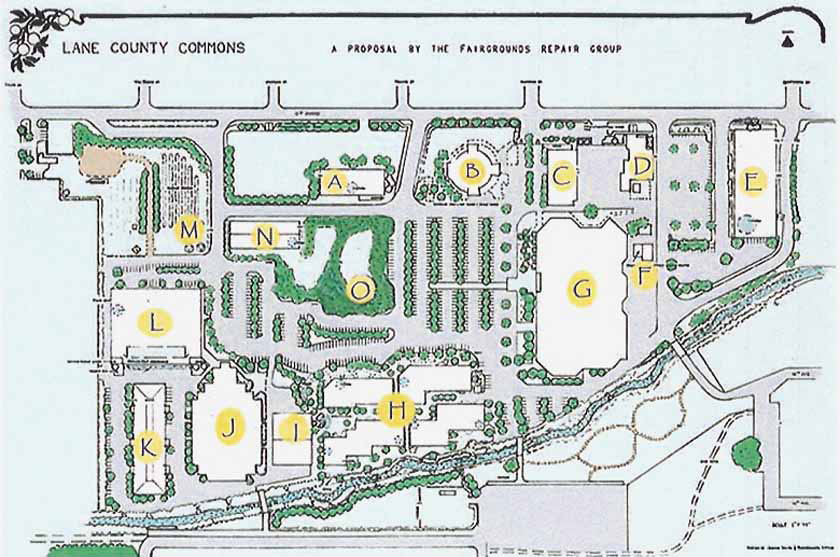
New and Remodeled Structures
All of the existing buildings will be appraised for energy system efficiency, renewable energy applications, passive design remodeling, and environmental landscaping. The new structures will have these features designed into them; they will also use and demonstrate the most advanced green building techniques and materials. Roof space will be utilized in a way to maximize photovoltaic panel installation.
